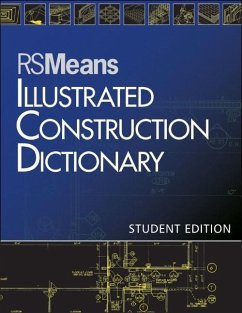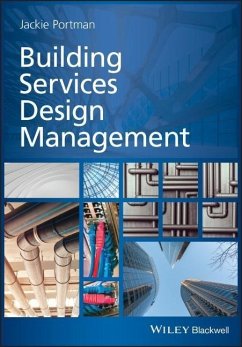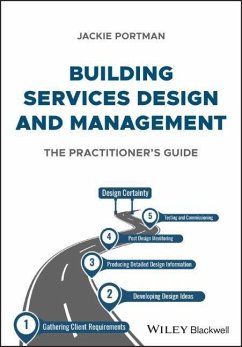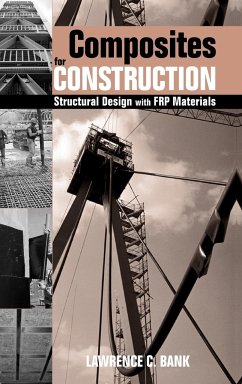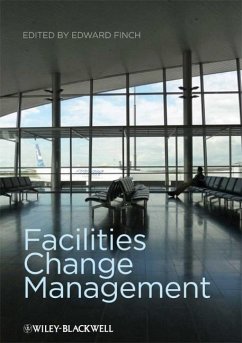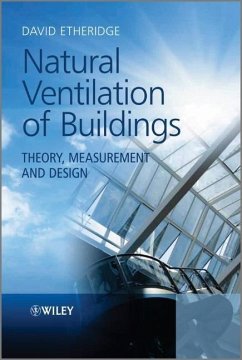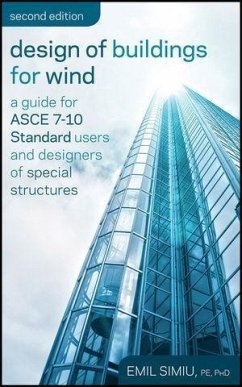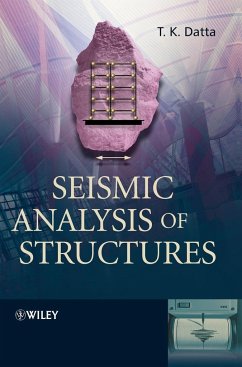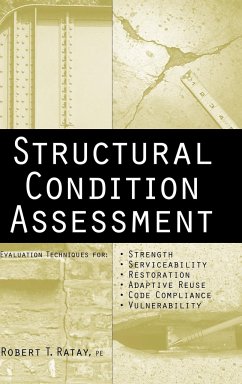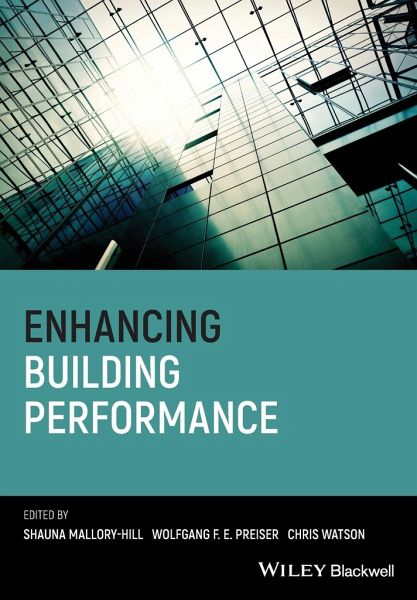
Enhancing Building Performance

PAYBACK Punkte
54 °P sammeln!
Building Performance Evaluation (BPE) informs and enhances theusability and sustainability of building designs with lessonslearned from evaluation of building performance throughout thebuilding life cycle, from initial planning through occupancy toadaptive re-use. A key feature of BPE is that it examinesdesign and technical performance of buildings alongside humanperformance criteria. That is, it seeks to examine facilities inorder to determine whether they will work for the people that willuse and occupy them. Rigorous BPE helps to improve design practiceby providing feedback on the effective...
Building Performance Evaluation (BPE) informs and enhances theusability and sustainability of building designs with lessonslearned from evaluation of building performance throughout thebuilding life cycle, from initial planning through occupancy toadaptive re-use. A key feature of BPE is that it examinesdesign and technical performance of buildings alongside humanperformance criteria. That is, it seeks to examine facilities inorder to determine whether they will work for the people that willuse and occupy them. Rigorous BPE helps to improve design practiceby providing feedback on the effectiveness of the choices madeabout the building to ensure that its design is optimised forstakeholders' uses.
The overarching theme for Enhancing Building Performance is to present the next generation of BPE work. The bookprovides an updated systematic approach for BPE as well as chapterswritten by experts from around the world who demonstrate how toapply BPE to enhance building design. Topics covered include:evidence-based and integrative design processes, evaluation methodsand tools, and education and knowledge transfer. In addition,case studies provide specific examples of how BPE has been used tostudy such things as the impact of workplace design on humanproductivity and innovation.
Written primarily for design professionals and facility managerswho wish to use BPE to deliver improved building performance thatis responsive to the needs of stakeholders, Enhancing BuildingPerformance will also be of great value to researchers andstudents across a range of architecture and constructiondisciplines.
The overarching theme for Enhancing Building Performance is to present the next generation of BPE work. The bookprovides an updated systematic approach for BPE as well as chapterswritten by experts from around the world who demonstrate how toapply BPE to enhance building design. Topics covered include:evidence-based and integrative design processes, evaluation methodsand tools, and education and knowledge transfer. In addition,case studies provide specific examples of how BPE has been used tostudy such things as the impact of workplace design on humanproductivity and innovation.
Written primarily for design professionals and facility managerswho wish to use BPE to deliver improved building performance thatis responsive to the needs of stakeholders, Enhancing BuildingPerformance will also be of great value to researchers andstudents across a range of architecture and constructiondisciplines.






